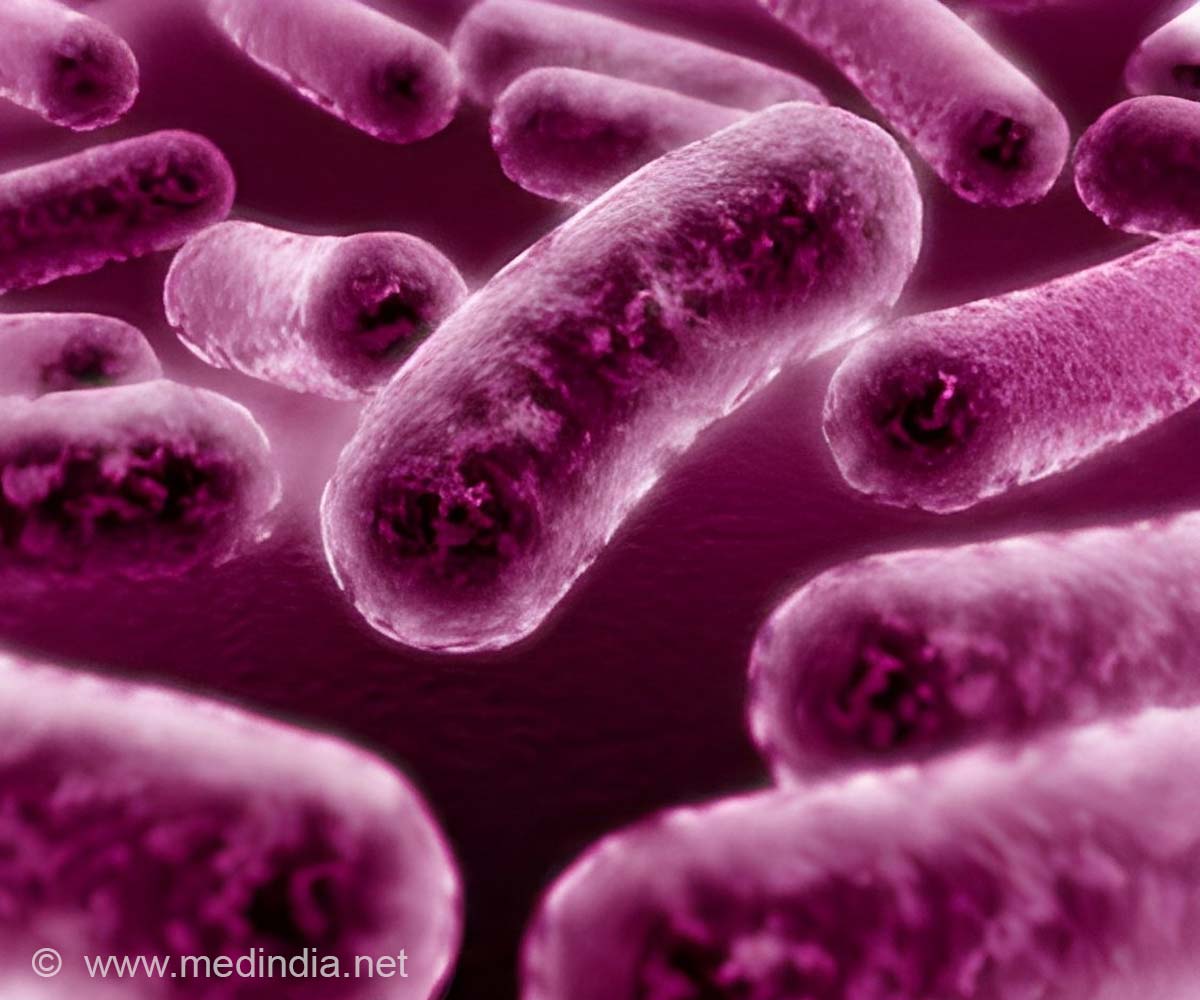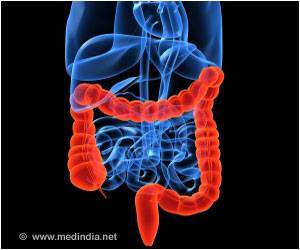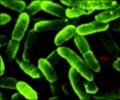The gut bacteria of 15 ethnic tribes of the country, has been mapped by researchers, enabling development of personalized medicines and designer diets.

‘Charting out the gut bacteria profile (GBP) will help in unraveling the puzzle of how diet, genes and geography shape GBP and how even minute changes in the milieu of microorganisms have a significant impact on human health.’





Involving 193 healthy individuals from tribes of Assam, Manipur, Sikkim and Telangana, the research published in the December 2015 edition of Nature Scientific Reports also highlights the resemblance of Gut Bacterial Profile (GBP) of these communities with the profiles of the Mongoloid population of Mongolia. Mojibur R. Khan, group leader of the study, said, "Till now there was no such report on the GBP of the ethnic tribes of India. With the rapid economic development coupled with modernization of lifestyle, the tribal population of India may eventually undergo alteration in GBP and it is important to know the profile of these microorganisms to prepare necessary strategies for action."
Charting out the profile will help in unraveling the puzzle of how diet, genes and geography shape GBP and how even minute changes in the milieu of microorganisms have a significant impact on human health.
Khan said, "It will also help us in designing personalized medication and nutritional standards."
While some of these gut microbes like the dry parts of skin, others snuggle up in the warm confines of the mouth or the moist skin folds of underarms. It's a symbiosis: humans offer them residence, they help us live. But the major chunk of real estate for these bacteria, virus and fungi is the human gut.
Advertisement
Dietary and environmental influences alter the delicate ecosystem carefully constructed by the teeming bugs and this impacts the normal microbiome.
Advertisement
So, common practices like eating curd (or other probiotics) regularly ensures the gut gets its share of good bacteria to ease digestion.
Khan said, "As many as 593 bacterial varieties were detected in the profiles and Sikkim tribes showed a higher abundance of probiotic bacterial varieties like Bifidobacteria and Lactobacillus as they consume more dairy products, including curd."
As an offshoot to the GBP mapping, the researchers have launched another study to understand how the GBP can be altered by intake of dairy products and their effect on health.
"When compared with the worldwide data on gut bacteria, the Indian tribal population had more similarity with the Mongoloid population of Mongolia. This means either the genetic similarity or the geographical settings have resulted in the particular food habits (such as fermented foods) and resulting gut bacterial profile," said Khan of IASST's Molecular Biology and Microbial Biotechnology Laboratory, Life Science Division.
"Furthermore, most of these tribes prepare traditional rice beer using some herbs, which they consume regularly. This may also have some role in their health benefits as it is included in their custom and rituals. We have taken this as an intense area of research to understand the effect of rice beer on GBP and health," added Khan.
Source-IANS















